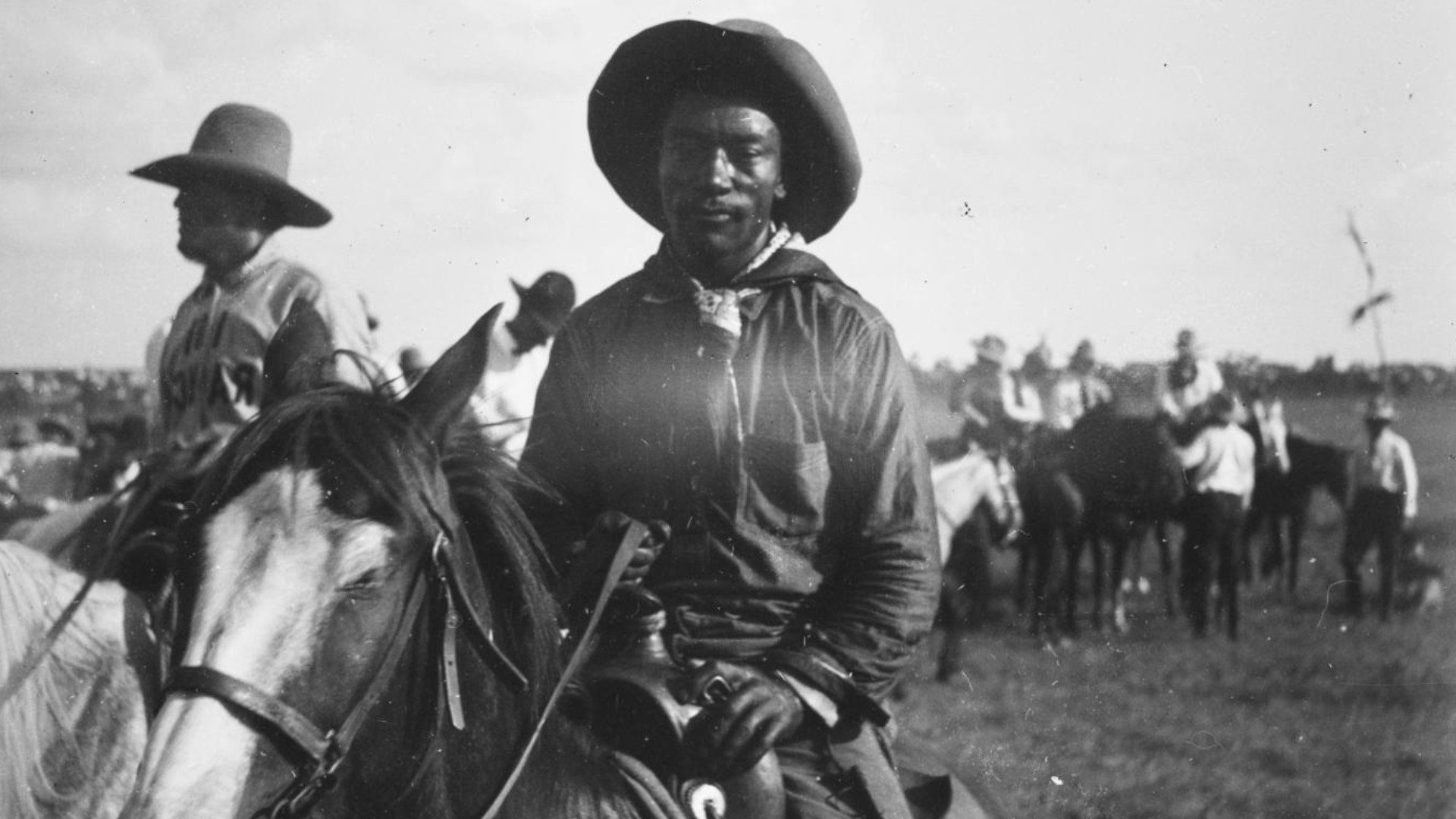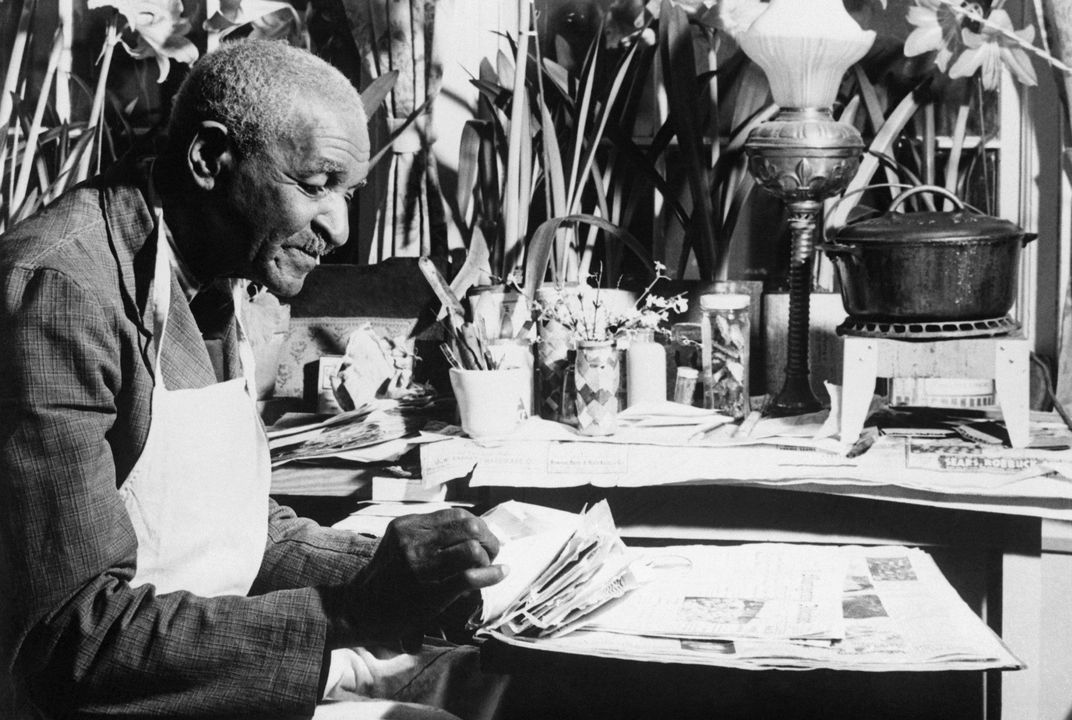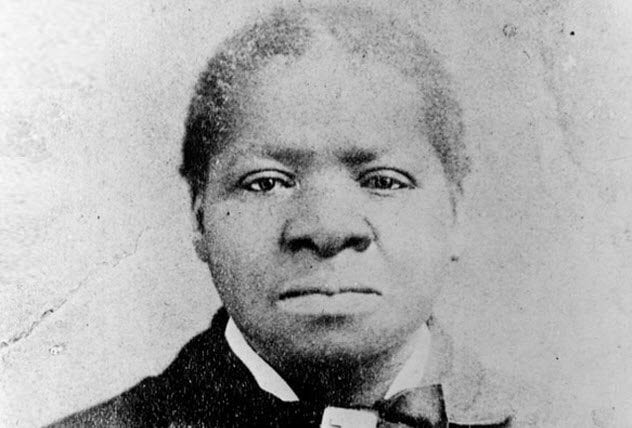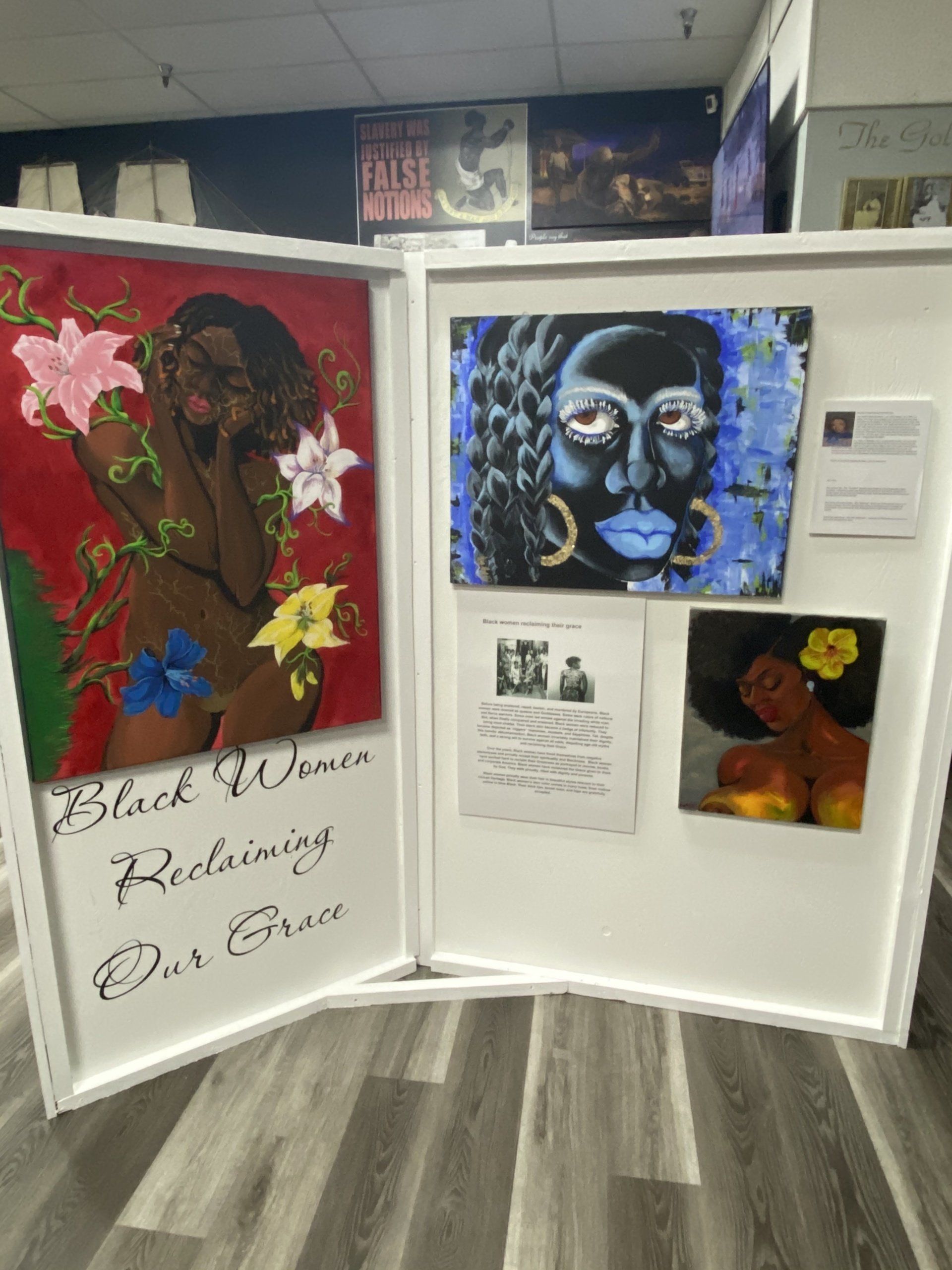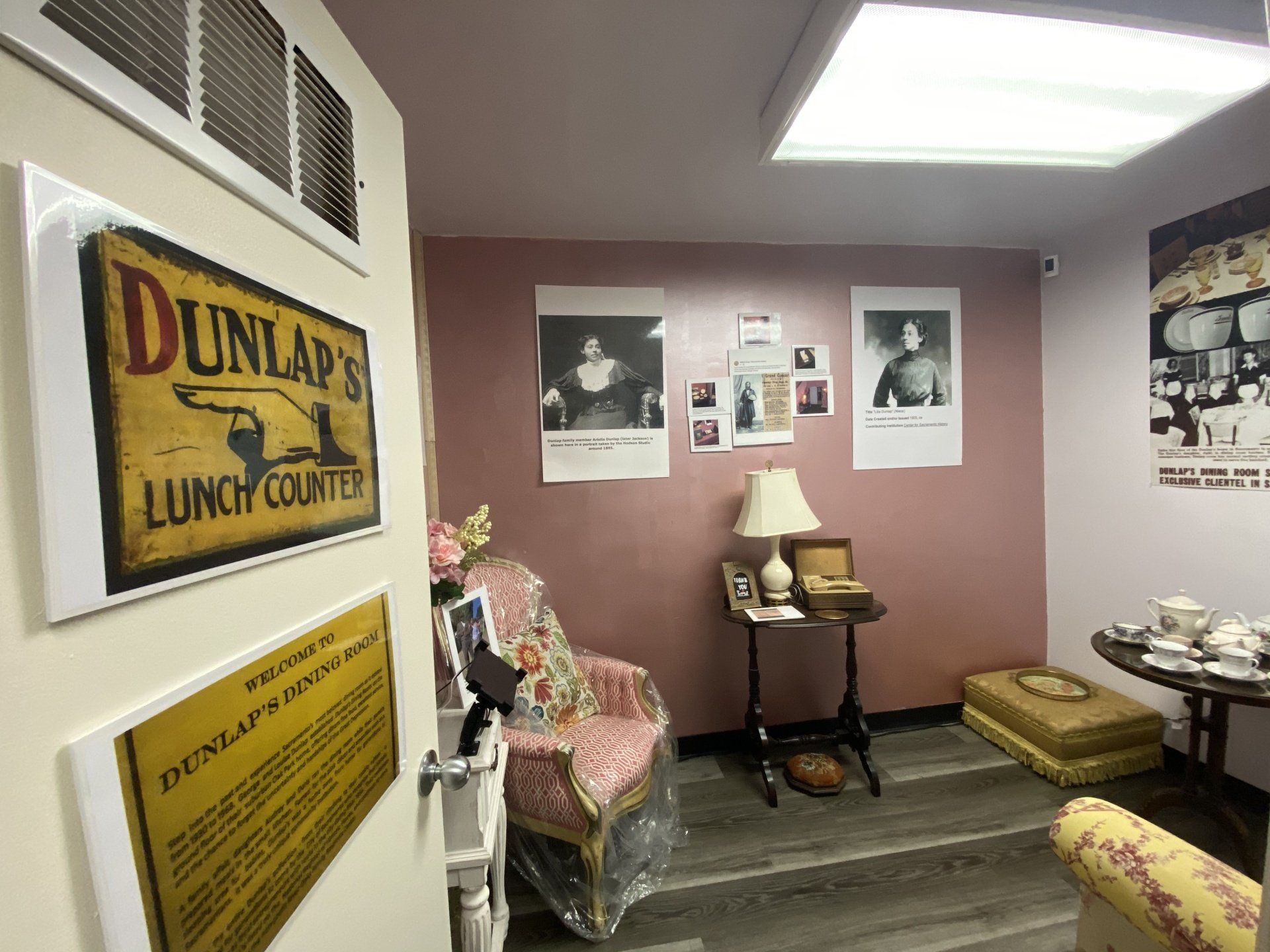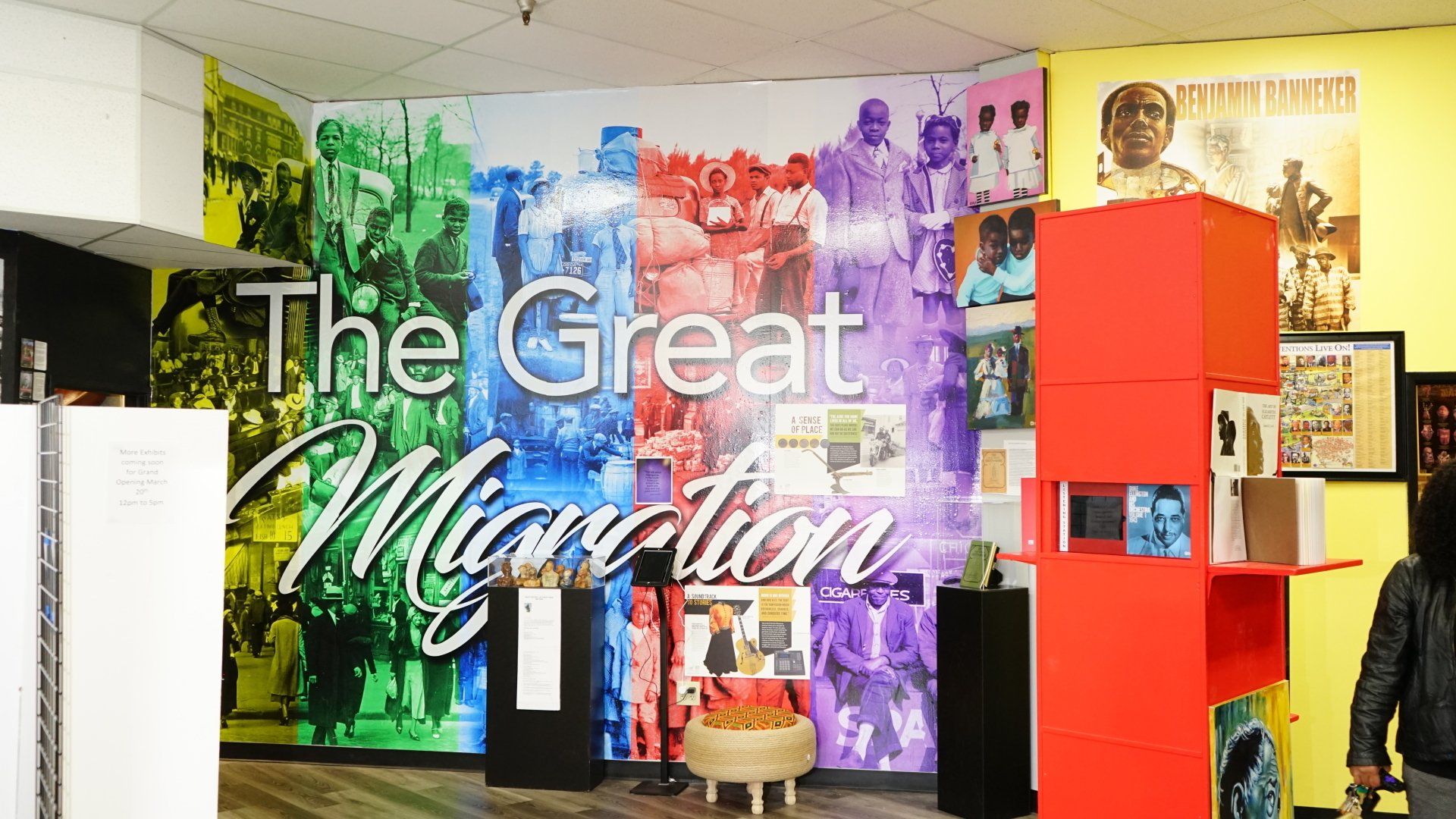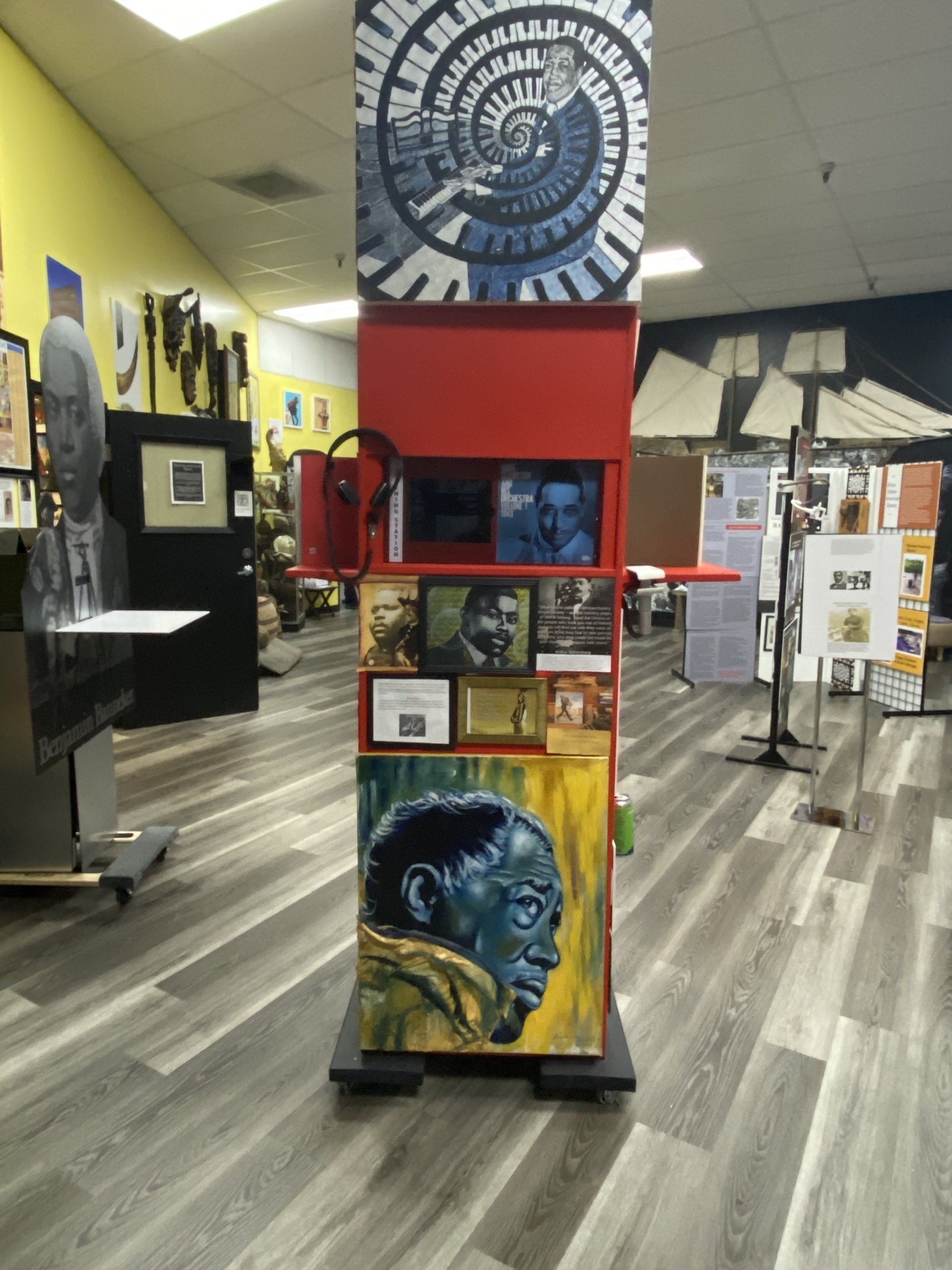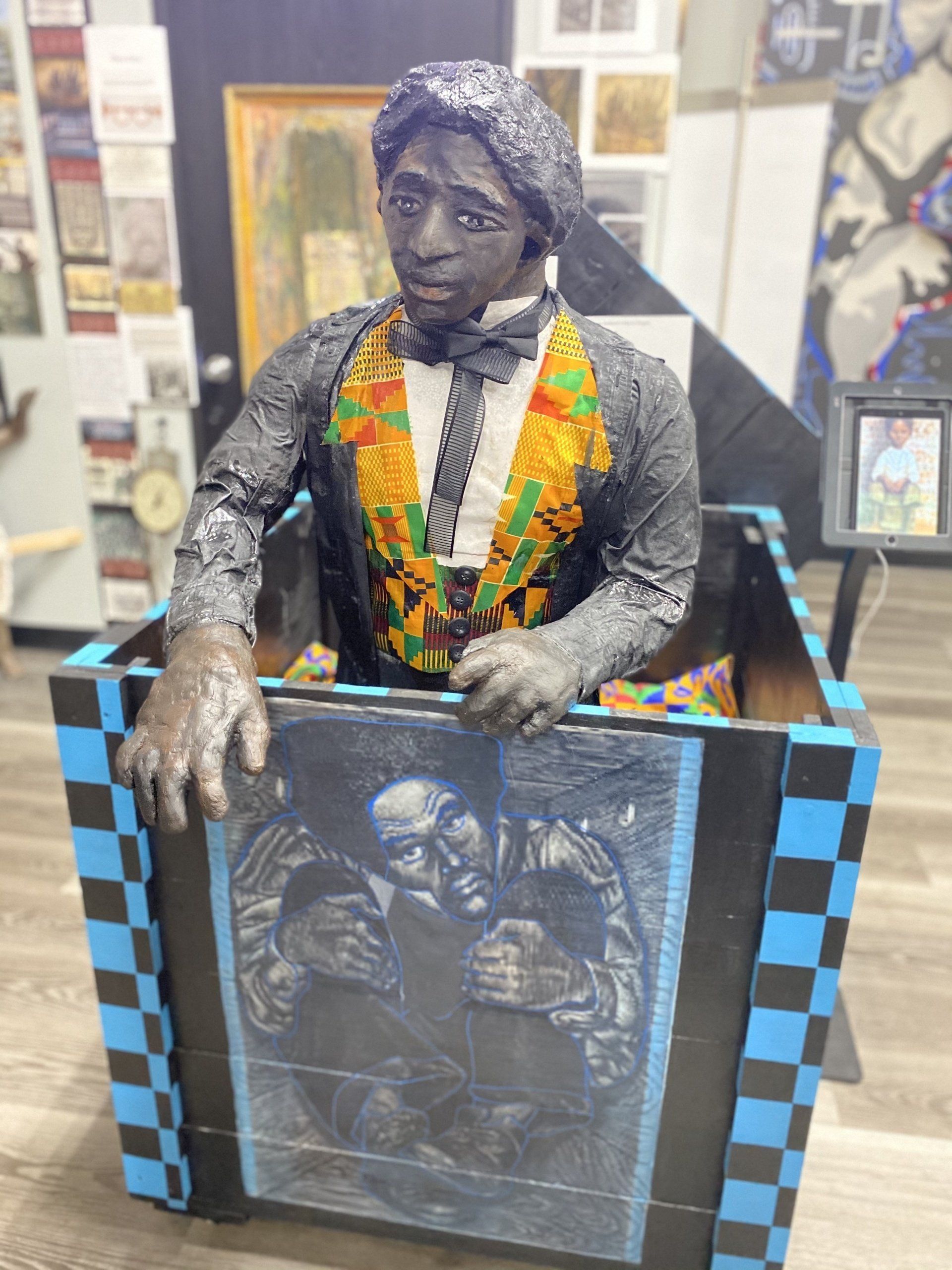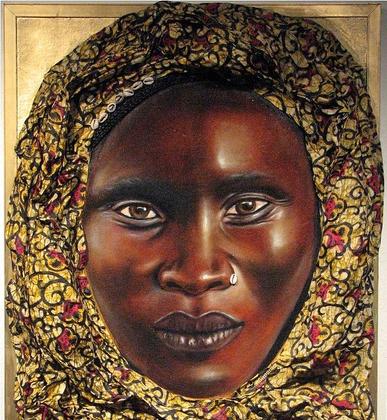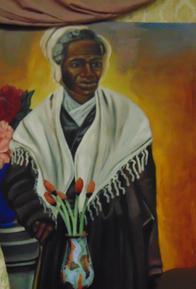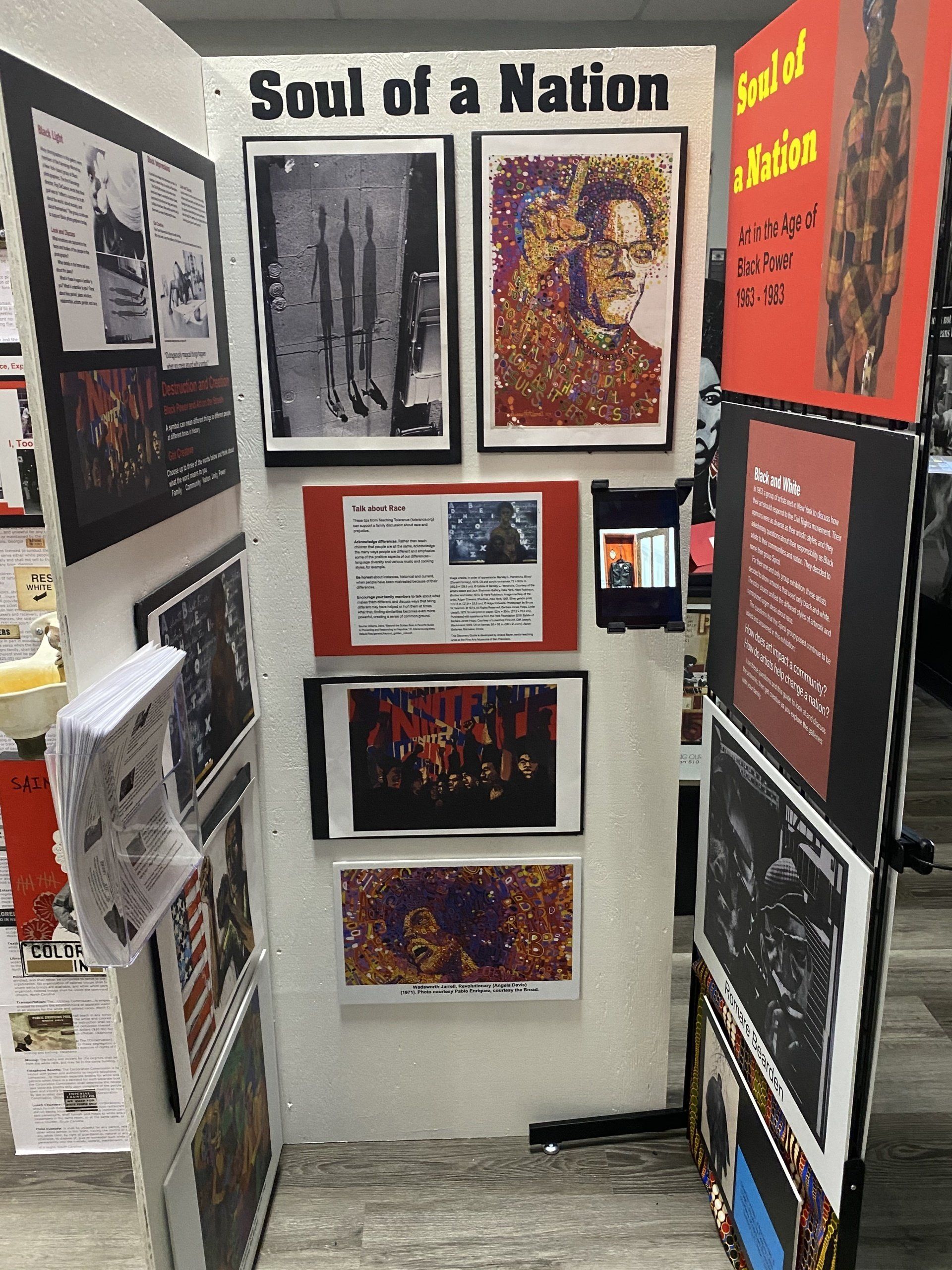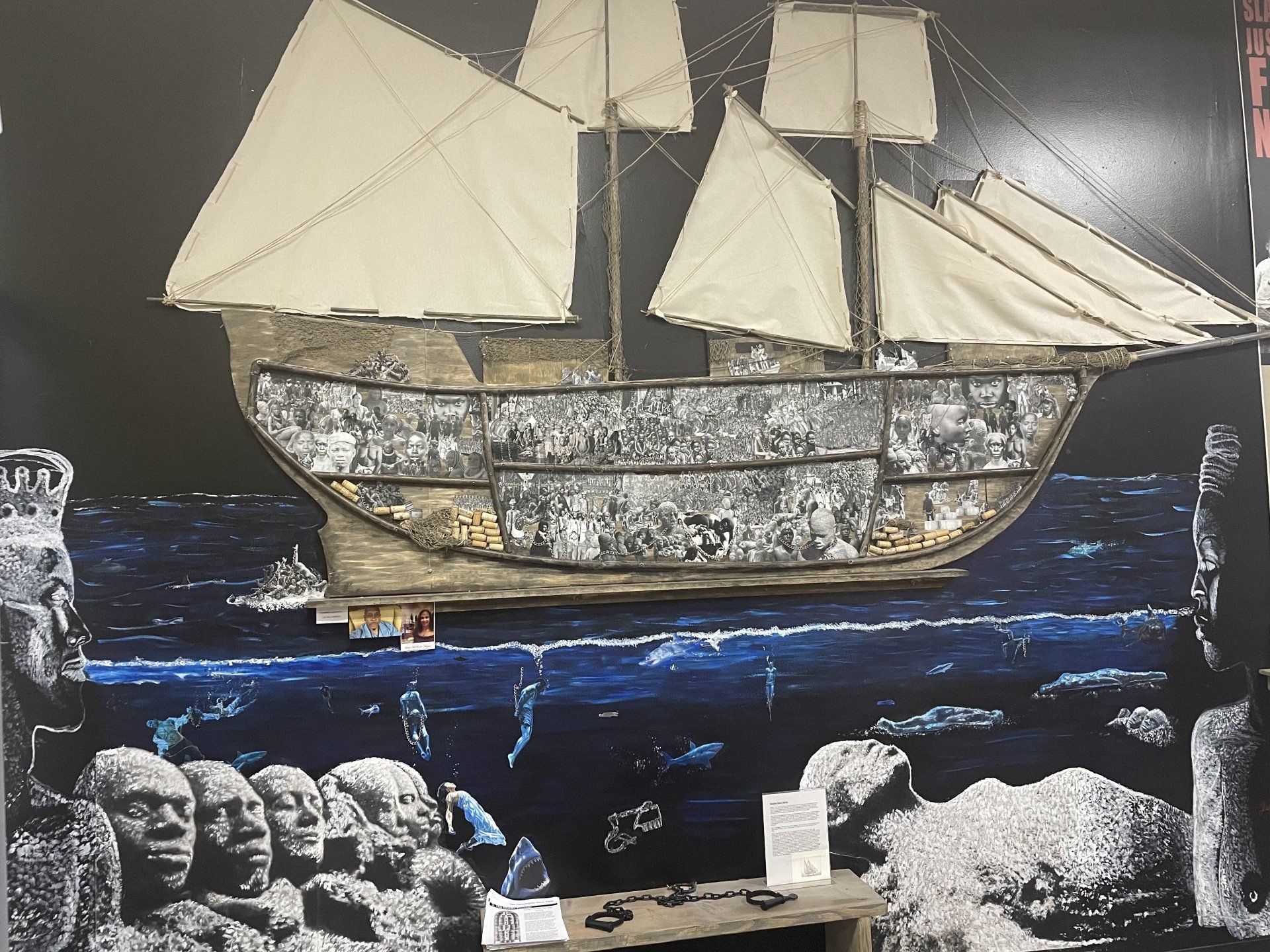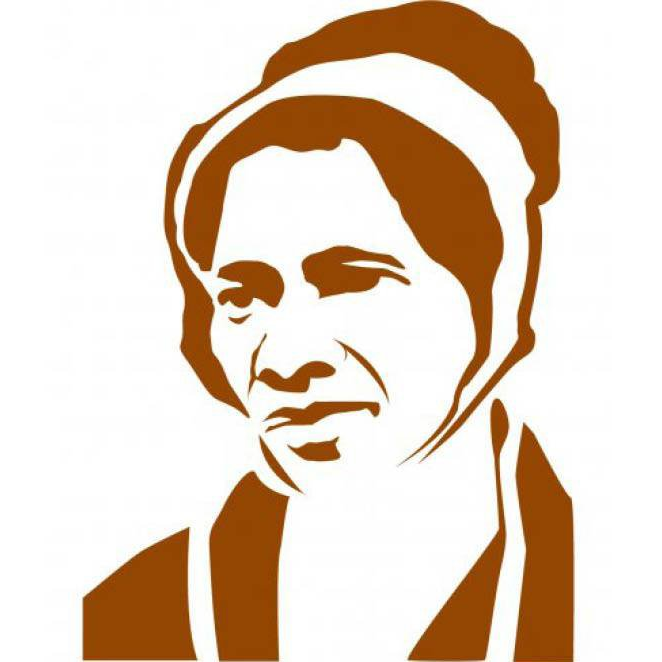Learn how to support the Museum here.
CURRENT EXHIBITIONS
CURRENT EXHIBITIONS
Black Cowboys
Did You Know The First Cowboys Were Black? “Contrary to the images created by Hollywood, black slaves were America’s first authentic cowboys. The word “cowboy,” in fact originally had nothing to do with roping cattle and hell-raising in the high plains.
Black Inventors
African American inventors and scientists have invented a multitude of items or made discoveries in the course of their lives. These have ranged from practical everyday devices to applications and scientific discoveries in diverse fields, including physics, biology, math, plus the medical space science.
Escaped Slavery and Became Millionaires
In America’s nascency, black people had it rough for sure. The majority endured a joyless life of servitude and hard labor under the heel of severe plantation owners. Some plucky African Americans, however, managed to escape this dire fate and went on to live illustrious lives acquiring wealth and status other colonists would envy.
Black Women Reclaiming Our Grace
Before being enslaved, raped, beaten, and murdered by Europeans, Black women were revered as Queens and Goddesses. Some were rulers of nations and fierce warriors. Some even led armies against the invading white man. But, when finally conquered and enslaved, Black women were reduced to being mere chattel.
The Dunlap Room
Dunlap's Dining Room was a restaurant operated out of the residence of black entrepreneur George T. Dunlap in Sacramento, California. The business was popular in its time and the building is now listed on the National Register of Historic Places.
The Great Migration
The northern Manhattan neighborhood of Harlem was meant to be an upper-class white neighborhood in the 1880s, but rapid overdevelopment led to empty buildings and desperate landlords seeking to fill them. In the early 1900s, a few middle-class Black families from another neighborhood known as Black Bohemia moved to Harlem, and other Black families followed.
Harlem Renaissance
The Harlem Renaissance was the development of the Harlem neighborhood in New York City as a Black cultural mecca in the early 20th Century and the subsequent social and artistic explosion that resulted. Lasting roughly from the 1910s through the mid-1930s, the period is considered a golden age in African American culture, manifesting in literature, music, stage performance and art.
Henry "Box" Brown
Henry Box Brown (c. 1815 – June 15, 1897) was a 19th-century Virginia slave who escaped to freedom at the age of 33 by arranging to have himself mailed in a wooden crate in 1849 to abolitionists in Philadelphia, Pennsylvania. For a short time, Brown became a noted abolitionist speaker in the northeast United States.
Sankofa: A Journey Through African American History and Culture
Come view one of the world's only mural wall dedicated to telling the story of African American history through art. In a space of over 10,000 square feet, you'll view monumental events, general experiences, and the leaders who have impacted or continue to impact the Black community in mural form.
Sojourner Truth
Sojourner Truth was one of the most infamous African-American women in 19th century America. For over forty years she traveled the country as a forceful and passionate advocate for the dispossessed, using her quick wit and fearless tongue to fight for human rights.
Soul of a Nation
Our small interpretation of the groundbreaking exhibition "Soul of a Nation: Art in the Age of Black Power 1963-1983" which shines a bright light on the vital contribution of Black artists made over two decades, beginning in 1963 at the height of the civil rights movement.
Transatlantic Slave Trade
The Middle Passage was the leg of the Atlantic slave trade that transported people from Africa to North America, South America, and the Caribbean. It was called the Middle Passage because the slave trade was a form of Triangular trade; boats left Europe, went to Africa, then to America, and then returned to Europe.
Supporters of the Museum
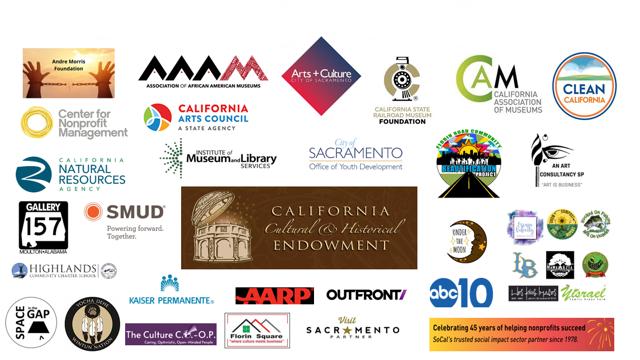
2251 Florin Rd. #126 Sacramento, CA. 95822
The museum is located on the corner of 24th and Florin inside the Florin Business Arts Complex.
Monday/Tuesday - closed
Wednesday - by appointment
Thursday - Saturday 12:00 - 5:00 pm
Sunday - closed
Closed on August 17th-18th, 2024 for SOJO's Annual Fundraiser the Sacramento Banana Festival
All Rights Reserved | Sojourner Truth African Heritage Museum
Powered by CourtDMS


